Native American communities in California today are witnessing a resurgence after more than a century of brutal violence and cultural evisceration. Tribes, indigenous-led organizations and cultural groups are helping steer a movement that is reclaiming stolen land, reaffirming tribal identity and rediscovering connections to a planet suffering the effects of climate change. Kirti Bassendine is a Kenya-born photographer and artist. With roots in India, Bassendine spent her teen years in England before immigrating to the US. For her, that experience as an immigrant offers a throughline to the experience of native and indigenous communities that have had to navigate the intertwined challenges of cultural preservation and assimilation. Her exhibit, Contemporary Indigenous Voices of California’s South Coast Range, reveals some of the individuals helping to shape this historic moment.
What prompted you to turn your lens on tribal communities in Central California?
I grew up in Kenya, east Africa, later immigrating to England at the age of 10, suddenly becoming displaced, disorientated, trying to navigate two cultures. I again immigrated to Georgia at the age of 29 and lived there for almost 30 years. When I first arrived, I remember wanting to learn more of the history of where I was, and realizing there was such a lack, almost deliberate, of any acknowledgement towards indigenous communities. The Cherokee, the Trail of Tears, there was not much mention. Fast forward to 2019, when I attended the Indian Canyon Annual Storytelling Gathering in San Benito County, where I had the pleasure of meeting Chairwoman Ann-Marie Sayers and Kanyon Sayers-Roods, Chairwoman of the Indian Canyon Nation. Ann Marie mentioned that she would really like to see a project that documented their voices.
Do you see a throughline between your experience as an immigrant and the experience of native communities here?
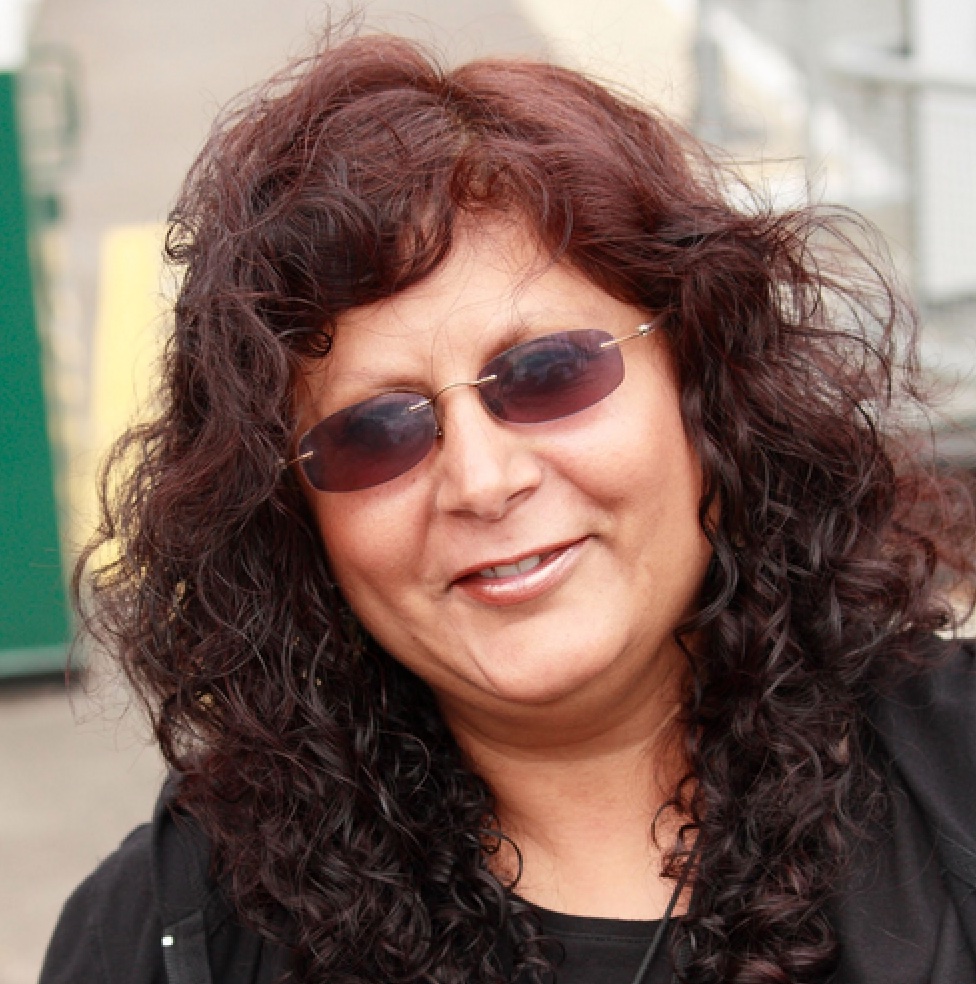
I would say there are a lot of similarities. There is a feeling of displacement. There is this sense of isolation, this lack of recognition and a feeling of push-and-pull between the two cultures, navigating these two worlds, having a culture at home, then going to work or school and assimilating, blending in. You hear stories from these communities about how for a long time, after all the genocide and trauma, they had to hide that they were indigenous. And it is only recently that has changed. I am doing stories now about Native American boys having to cut their hair. You have that same experience among Sikhs, for example. And yet, you have to appease this pressure to assimilate. There is such an urgent need for cultural expression. We have a responsibility… and simple things like food, language, the arts. It is so important to embrace your culture, and to bring it back, to be proud of who we are and where we come from.
What about your own identity. Do you see yourself as Indian, African, British, or American?
My heritage is South Asian, but I have never been to India. I don’t regard myself as African because I left when I was quite young. My formative years were very much in England. So, there is a strong part of me that feels British. But I have been in America since I was 29, my children were born here, and I have a lot of experiences in America as a wife and a mother, whereas in England I was a teenager. So, I feel like I belong in two places.
Can you point to one or two people from your project that stand out for you?
It would be very difficult for me to select just two individuals. You know, all the members that are photographed, each one of them I spent almost a year and a half with, I’ve done extensive interviews with them. And their individual stories are so compelling and so important. Each one of them has something to offer, not just for their own communities, but for the wider community. There are leaders doing amazing work, like Tom Little Bear Nason, Chairman of the Esselen Tribe of Monterey County and Valentine Lopez, Chairman of the Amah Mutsun Tribal Band. They are doing amazing restoration work, bringing prescribed fire back, really doing the work of land stewardship and programs that are bringing not just their communities but going out and teaching other cultural groups, indigenous and non-indigenous.
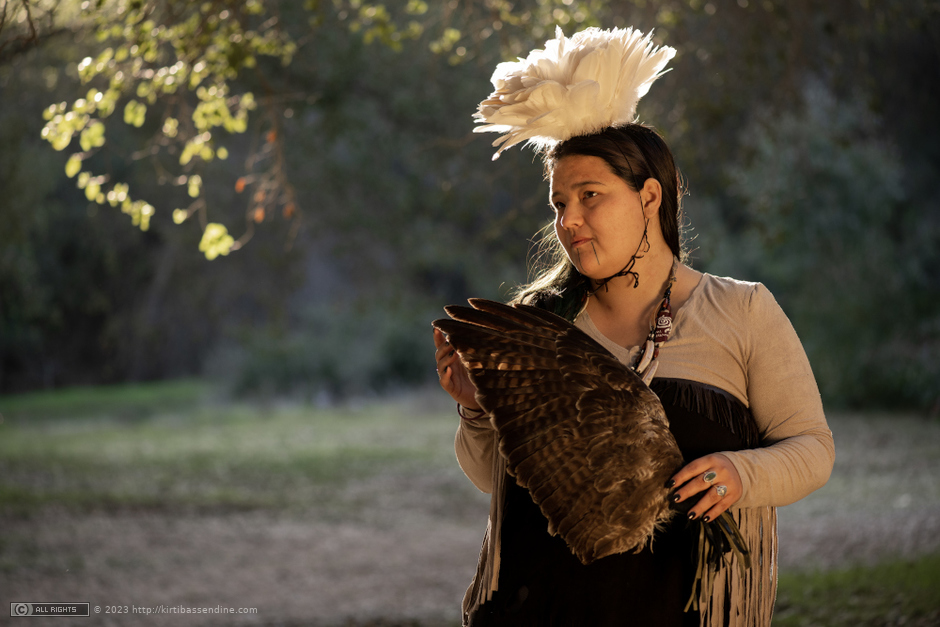
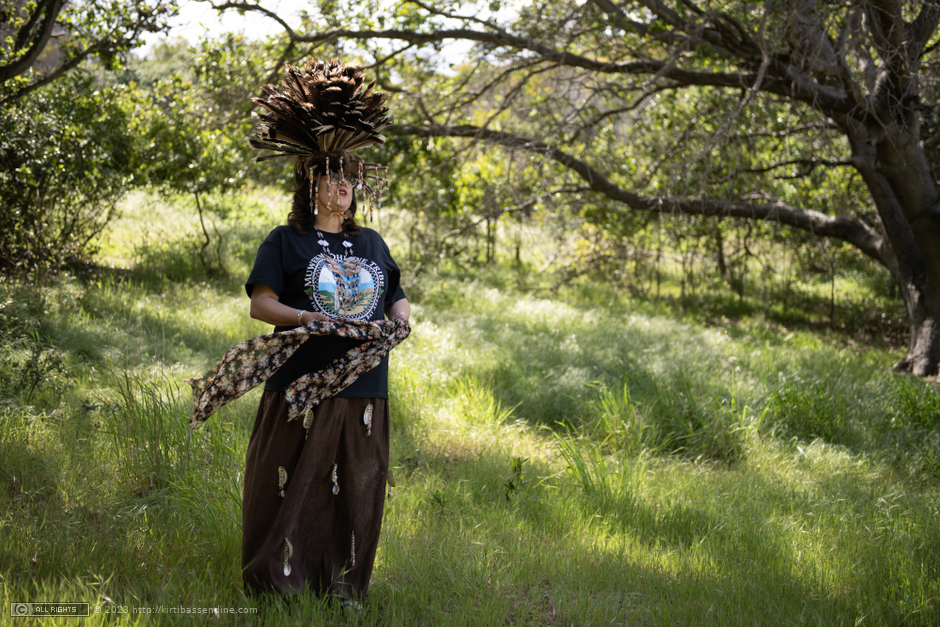

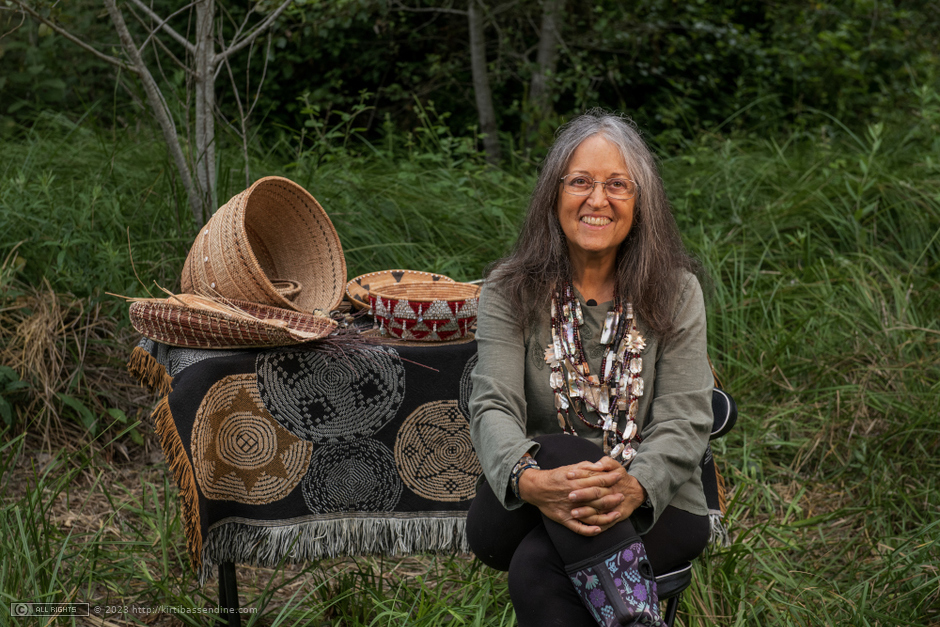
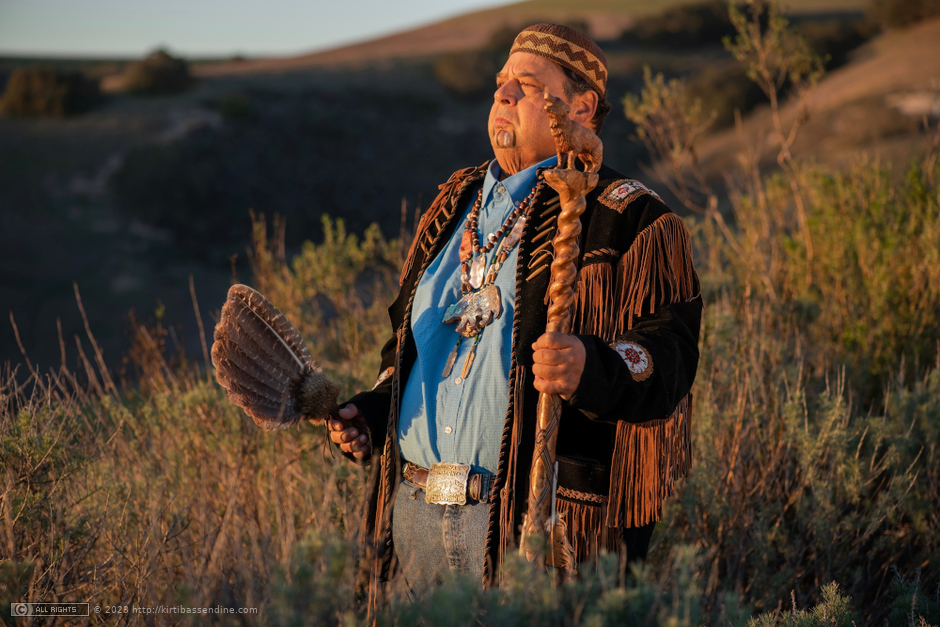
It sounds like you are describing the budding of a movement, a revitalization of indigenous culture here. Is that accurate?
Absolutely. Gregg Castro (t’rowt’raahl Salinan /rumsen & ramaytush Ohlone; Culture Director – Association of Ramaytush Ohlone) would tell you that it’s been a hard journey. They will all tell you that they have always been here, practicing their culture or trying their best to. But there has been a huge change over the last decade. There is an interest here in California where people have woken up, they want to understand, and they want to be included. And that is amazing because it has brought recognition of their presence. And I think they want to utilize this to start working on all the things… from cultural revitalization, bringing their language and presence back. They want to be acknowledged.
You mention earlier the focus on land stewardship. How did the topic of climate change play into your work with communities?
There are certain groups that are working more explicitly on climate change efforts. But even as other groups work to revitalize their culture, they are also realizing they need to bring their land stewardship back. Their whole culture is so intrinsic to land. Everything they do, from the lens of culture, land plays such an important part. Their role is to look after the animal and plant kingdoms. Once we understand that, climate change automatically becomes part of the conversation.
What surprised you in your time on this project?
I think the warmth, the welcoming. Once I gained the trust, and once I started listening to their stories. Such beautiful groups of communities. They are so humble. And they just want to be recognized. For me, it’s been so sad that nothing like this has been done before.
Has this project changed your view of California?
I always thought of California as being very open, very welcoming. When I got here, I was so ignorant of the history. I would go to missions and think, how beautiful. And then I slowly realized what the missions represented. And like Georgia, it’s not talked about. The history has been so silenced. And that lack of acknowledgement surprised me about this state. I think that has been eye opening for me, that need to talk about the history.
What are your next steps with this series?
This is a traveling exhibit. I would like to show it in other counties, especially in the territories where these groups are. The goal is to also take it to other states, and even other nations. My vision is to take it further. There is so much material, so much wisdom, and such a wealth of knowledge that we can all benefit from.
Contemporary Indigenous Voices of California’s South Coast Range opens Oct. 7 and runs through Jan. 7 at the de Young Museum of San Francisco. The exhibition is part of events honoring Native American Heritage Month, Indigenous Peoples’ Day, and California Native American Day. Learn more about this and other projects by Kirti Bassendine at her website, Kirti Bassendine Photography.




